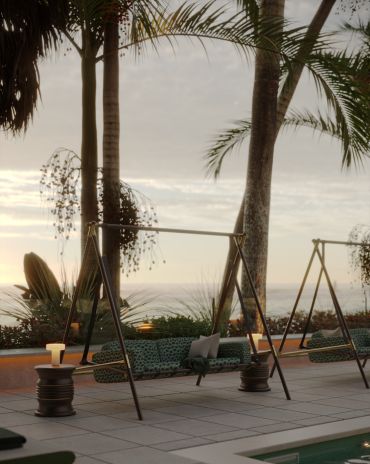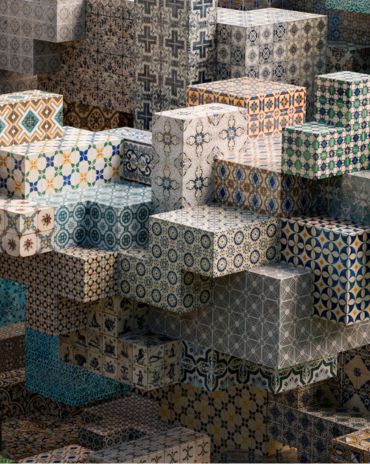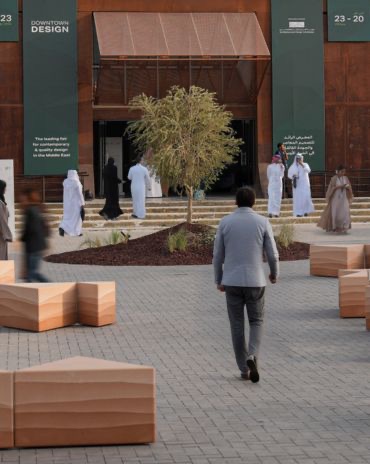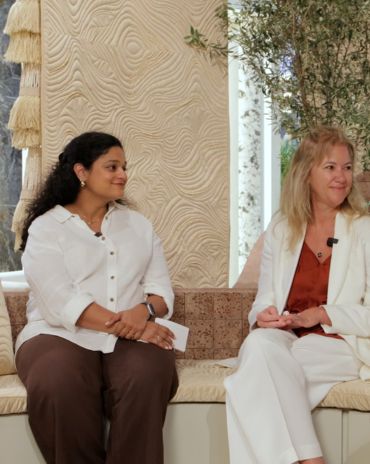Copyright © 2025 Motivate Media Group. All rights reserved.
Celebrated Iraqi architect Rifat Chadirji passed away in London aged 93
Abu Dhabi's National Theatre was one of the key buildings he designed
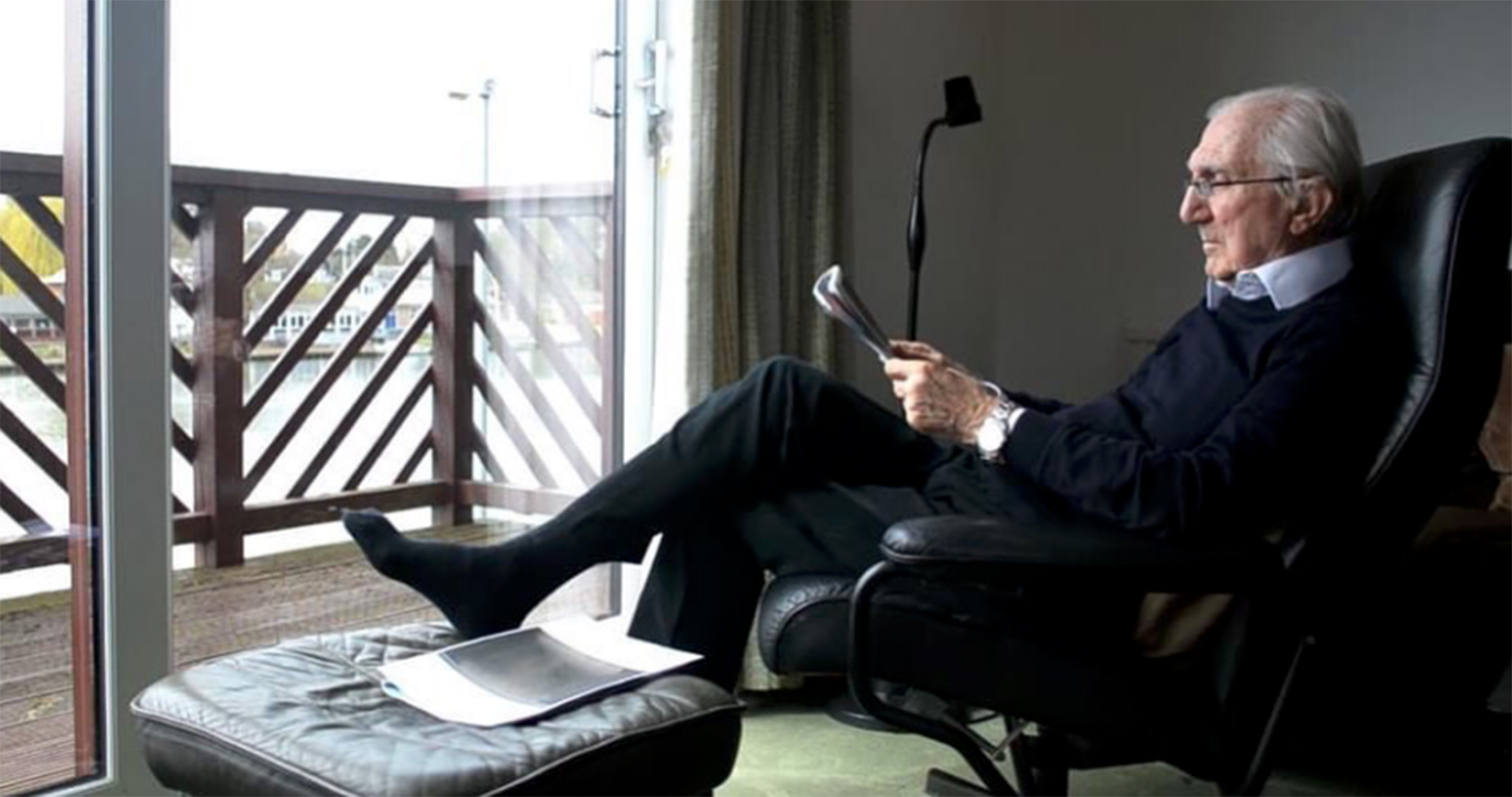
One of most prominent Iraqi architects and photographers, Rifat Chadirji, passed away late on Friday in the United Kingdom after contracting COVID-19.
Known as the father of modern Iraqi architecture, he designed over 100 building in Iraq and contributed his creative eye to structures beyond his home country. In fact, back in 1977 he also won a competition to design Abu Dhabi’s new National Theatre.
President Barham Saleh and caretaker premier Adel Abdel Mahdi mourned his passing on Saturday. “With the death of Rifat Chadirji, architecture in Iraq and the world has lost its modern lung,” Saleh wrote.
Tributes also came from other prominent architects including Nasser Rabbat who described him on Twitter as: “a thinker, author, critic and rationalist architect with a refined aesthetic sensitivity, he combined traditional elements and constructivism in ultra-modernist compositions.”
Esra Akcan, author and architect, wrote: “Another very sad day for architecture. Let’s preserve and restore his buildings in Iraq that have been destroyed due to wars.”
Chadirji was born in Baghdad in 1926 into an influential family – his father Kamil Chadirji was the founder and president of the National Democratic Party. He studied in London before returning to Iraq in the 50’s. During this period he created one of his most famous works – Monument to the Unknown Soldier in Baghdad’s Firdos Square. In early 1980’s, it was removed to make way for a statue of Saddam Hussein. Chadirji ended up in Abu Ghraib prison, but released by Hussein 20 months later to design a conference centre. He penned his experience in “The Wall Between Two Darknesses”.
Chadirji moved to Beirut a few years later and lived abroad during some of the most difficult years for his country that went through the Iran-Iraq war, the 1990 Gulf War, a decade of international sanctions as well as 2003 US-led invasion that removed Hussein from power. He briefly returned in 2009.
He was also an enthusiastic photographer who captured over 100,000 images of Iraq over the years so there was a visual archive of the changes, many have been exhibited across the Middle East.
Over his long career, he won numerous awards including Aga Khan Chairman Award in 1986 as well as fellowship of the Royal Institute of British Architects and the American Institute of Architects. He also won the Sheikh Zayed Book Award 2008 and Tamayouz Excellence Award 2015 – which has now been named after him.
Main image: Instagram
The Latest
Alserkal x Design Miami: A Cultural Bridge for Collectible Design
Alserkal and Design Miami announce one of a kind collaboration.
Minotticucine Opens its First Luxury Kitchen Showroom in Dubai
The brand will showcase its novelties at the purity showroom in Dubai
Where Design Meets Experience
Fady Friberg has created a space that unites more than 70 brands under one roof, fostering community connection while delivering an experience unlike any other
Read ‘The Winner’s Issue’ – Note from the editor
Read the December issue now.
Art Dubai 2026 – What to Expect
The unveils new sections and global collaborations under new Director Dunja Gottweis.
‘One Nation’ Brings Art to Boxpark
A vibrant tribute to Emirati creativity.
In conversation with Karine Obegi and Mauro Nastri
We caught up with Karine Obegi, CEO of OBEGI Home and Mauro Nastri, Global Export Manager of Italian brand Porada, at their collaborative stand in Downtown Design.
The Edge of Calm
This home in Dubai Hills Estate balances sculptural minimalism with everyday ease
An interview with Huda Lighting at Downtown Design
During Downtown Design, we interviewed the team at Huda Lighting in addition to designers Tom Dixon and Lee Broom.
Downtown Design Returns to Riyadh in 2026
The fair will run its second edition at JAX District
Design Dialogues with KOHLER
We discussed the concept of 'Sustainable Futures' with Inge Moore of Muza Lab and Rakan Jandali at KCA International.
Design Dialogues with Ideal Standard x Villeroy & Boch
During Dubai Design Week 2025, identity held a panel at the Ideal Standard x Villeroy & Boch showroom in City Walk, on shaping experiences for hospitality.







